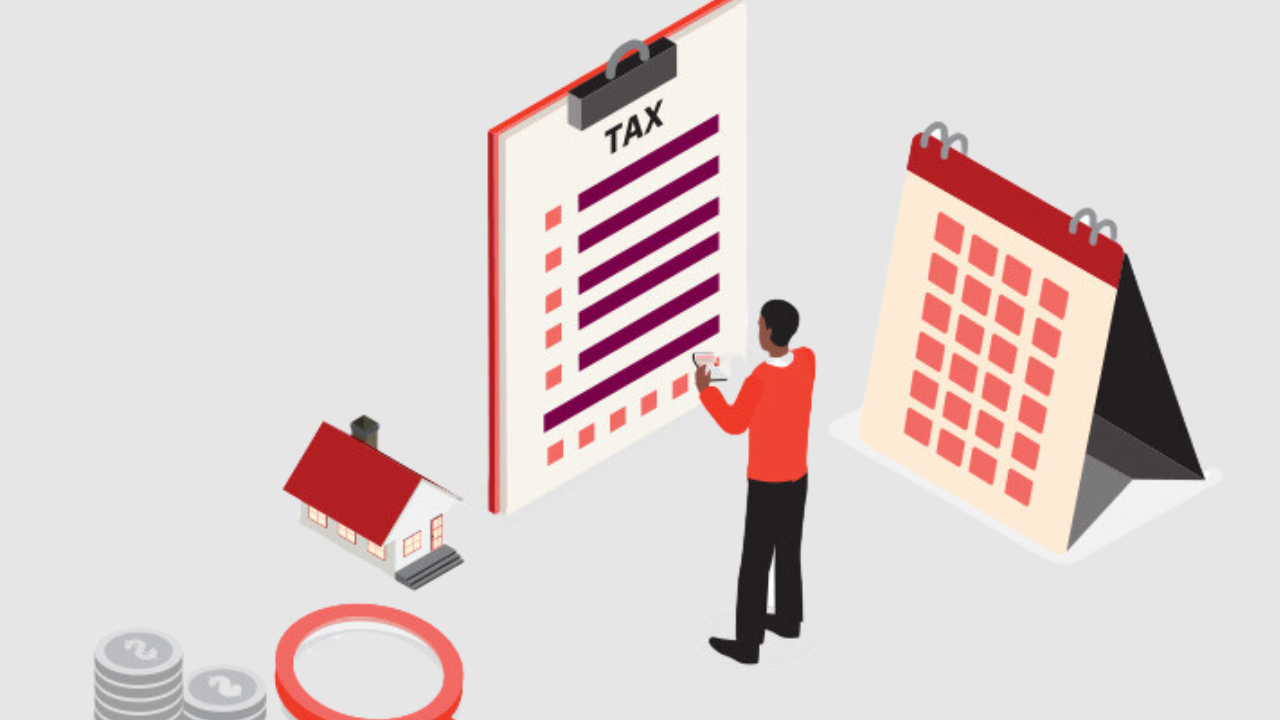AARP Hearing Center
Fighting for Minnesotans 50-plus and Their Families
AARP Minnesota advocates for what is important to our members and Minnesotans age 50 and over. Alongside a team of dedicated volunteers, AARP Minnesota gives you a voice at the state and federal levels.
Each legislative session, AARP Minnesota volunteers and staff work tirelessly on issues important to our members and Minnesotans age 50-plus. Learn more about out 2023 Legislative Priorities.
Historic Win for Family Caregivers: Paid Leave and Other AARP Priorities Become Law



Paid Family and Medical Leave
AARP advocated for a paid family leave program to help alleviate family caregivers' financial, health and emotional stress and help retain participation in the labor force, especially women who provide the bulk of eldercare.
Under the new law, workers can take up to 12 weeks for bonding and family leave and up to 12 weeks for one's own serious medical condition, up to a maximum of 20 weeks annually. Workers can use Paid Family and Medical Leave to care for someone not related by blood or marriage, such as a significant other, neighbor, or friend.
Beginning January 1, 2026, each employer and employee will pay a .35% payroll tax—about $175 a year for someone who makes $50,000. Both companies and workers would be required to participate, although businesses that offer a private plan with equal or better benefits could opt out.
The law also provides small businesses with premium support and grants to help hire temporary workers, job protections after 90 days of employment, and a progressive wage replacement of up to 90% of one's wages for low-income workers. Minnesota will become the 12th state, along with the District of Columbia, to offer paid leave. Secure Choice

Access to workplace retirement plans is critical to helping people save, but today 750,000 Minnesota workers lack access to a plan on the job. That's why AARP advocated for a new Secure Choice program to help workers save for their future.
Secure Choice is a public-private partnership Individual Retirement Plan (IRA) with private investments and Minnesota State Board of Investment oversight. Employers with five or more employees who do not offer a retirement plan will be required to enroll their workers in the state's IRA plan in January 2025. The plan is voluntary for workers and easy for businesses to administer. Social Security Tax Relief

Lawmakers took a significant step forward in providing Social Security tax relief for 76% of seniors. The new law eliminates Social Security taxes up to $100,000 for couples and $78,000 for singles and provides partial relief for earners over these income thresholds phasing out at $140,000 and $118,000, respectively.
While AARP fought to eliminate taxes on all Social Security benefits, this straightforward approach provides much-needed tax relief to retirees feeling pressure from rising health and long-term care costs and other expenses. Reducing Prescription Drug Costs

AARP led efforts to tackle the high cost of prescription drugs with the creation of a Prescription Drug Affordability Board to help Minnesotans who often are forced to choose between prescription drugs and basic needs.
The board will prohibit price gouging by pharmaceutical companies by setting upper payment limits for drugs sold in Minnesota, reducing costs for consumers, governments, health plans, and other stakeholders. New Investments in Home Care & Other Services

Lawmakers made significant investments in programs serving older Minnesotans to address the long-term care workforce crisis, including new funding to help ensure high-quality care through adequate staffing in nursing homes. Lawmakers also increased funding for Senior Nutrition, Age-Friendly community grants, and the Live Well at Home Program. AARP fought hard to ensure that the Live Well grants were extended beyond one-year to create sustainable programs to care for older Minnesotans in their homes. Property Tax Relief

AARP advocated for property tax relief to help seniors age in place. The new tax law expands the renter's credit, allowing renters to file at the same time when filing their income taxes; increases the homestead exclusion and homestead credit (including ongoing and one-time relief); expansion of the senior citizen property tax deferral program and targeted relief for homeowners who may have experienced a spike in property taxes.
































































